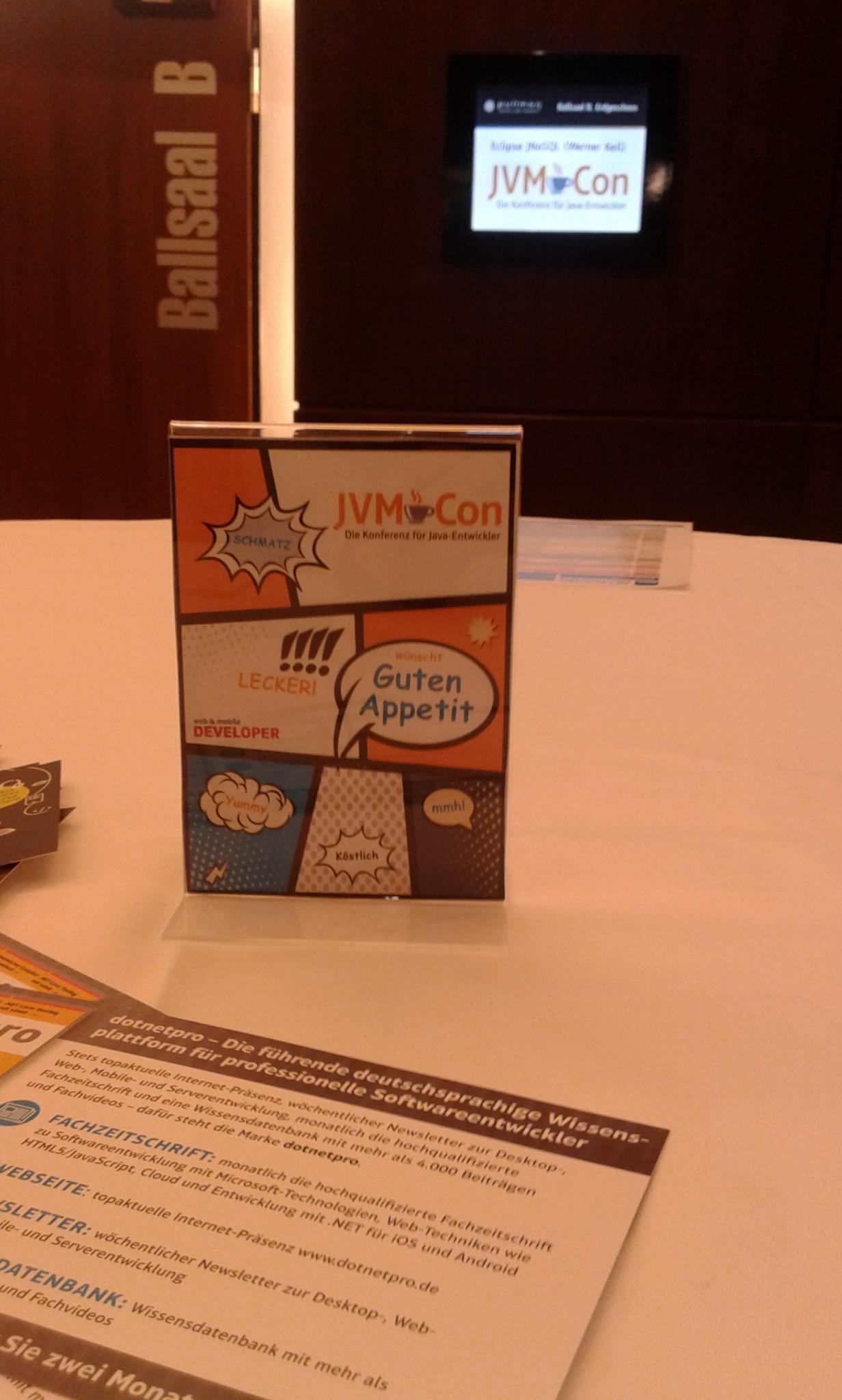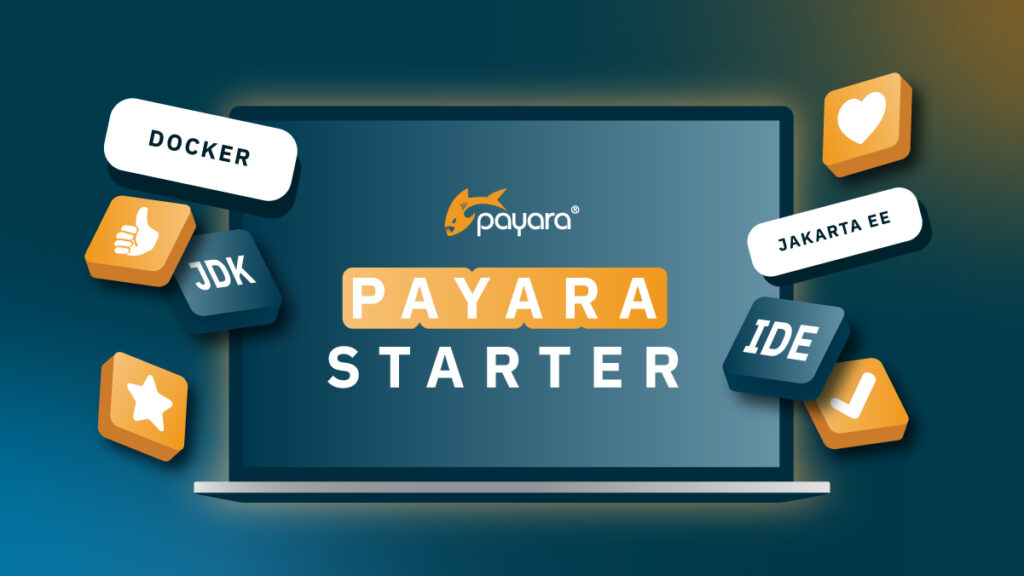 5 minutes
5 minutes
Devoxx BE 2025: It Only Starts with a Container & How Abstraction Becomes Reality
At Devoxx Belgium 2025, I was able to talk about what happens after you build your container. In theory, […]

The JVM Conference is a smaller conference with two tracks. But smaller doesn’t mean it is not worth attending. There is a very broad variety in topics from plain Java SE, backend development, to micro-services and containers in cloud environments with sessions aimed at Java programmers, operators, QA staff and IT architects. You can get up to speed in the latest trends in many areas.
One thing to consider when attending JVM: you should understand German as the majority of the talks are not in English.
As a side effect of the faster release cadence of the Java versions, at conferences you see a lot more talks about “What’s new in Java XX”. The same is true for the JVM Conference.
The keynote “Java 11 OMG!!!!!” by Hendrik Ebbers talked about the consequences of the new release cadence and the differences in support models.
A lot of people have questions about this topic, so you can read more about this in our ongoing “OpenJDK Support blog series” which tries to give you all the answers on this.
Another talk given by Werner Keil gave a nice overview of the different NoSQL solutions (Key-value, Document, Column based and graph-based ones) and examples how to use it with the Artemis and Diana (then implementation of JNoSQL) frameworks. JNoSQL will be the first project which will follow the new Specification process of the Eclipse Foundation. It will eventually be used by all the Jakarta EE specs and it will be tried out by this project.
But, if you ask me, they have put way too much effort in unifying those four NoSQL types into one API – which makes it not the ideal API. And no one will be switching on the fly from one NoSQL Type to the other, only different implementations of the same type.
The session “3 typische Stolperfallen bei der Microservice-Integration” by Benjamin Hoffman talked about the additional complexity you have to deal with when using a micro-services architecture. The aspects of communication failure, asynchronous communication and distributed transactions passed on the screen. A possible solution for these hurdles using a WorkFlow engine was discussed.
They’re already planning for next year’s conference to be held in November 2019.
The conference is very well organized and is held at the very nice Pullman Hotel at Cologne. Although some of the sessions were in German, I was able to follow a few interesting sessions and learned some new things. And equally important when you are at conferences, I had a few interesting discussions with fellow attendees and speakers.
{{cta(‘e7f0e6ce-3a7e-4b85-8fc7-4a0f16e5d8d1’)}}
Share:
 5 minutes
5 minutes
At Devoxx Belgium 2025, I was able to talk about what happens after you build your container. In theory, […]
 4 minutes
4 minutes
Welcome aboard the August 2025 issue of The Payara Monthly Catch! With summer in full swing, things may have felt […]
 4 minutes
4 minutes
With Jakarta EE 11 now officially released, you are likely eager to explore its new capabilities but setting up your first application […]